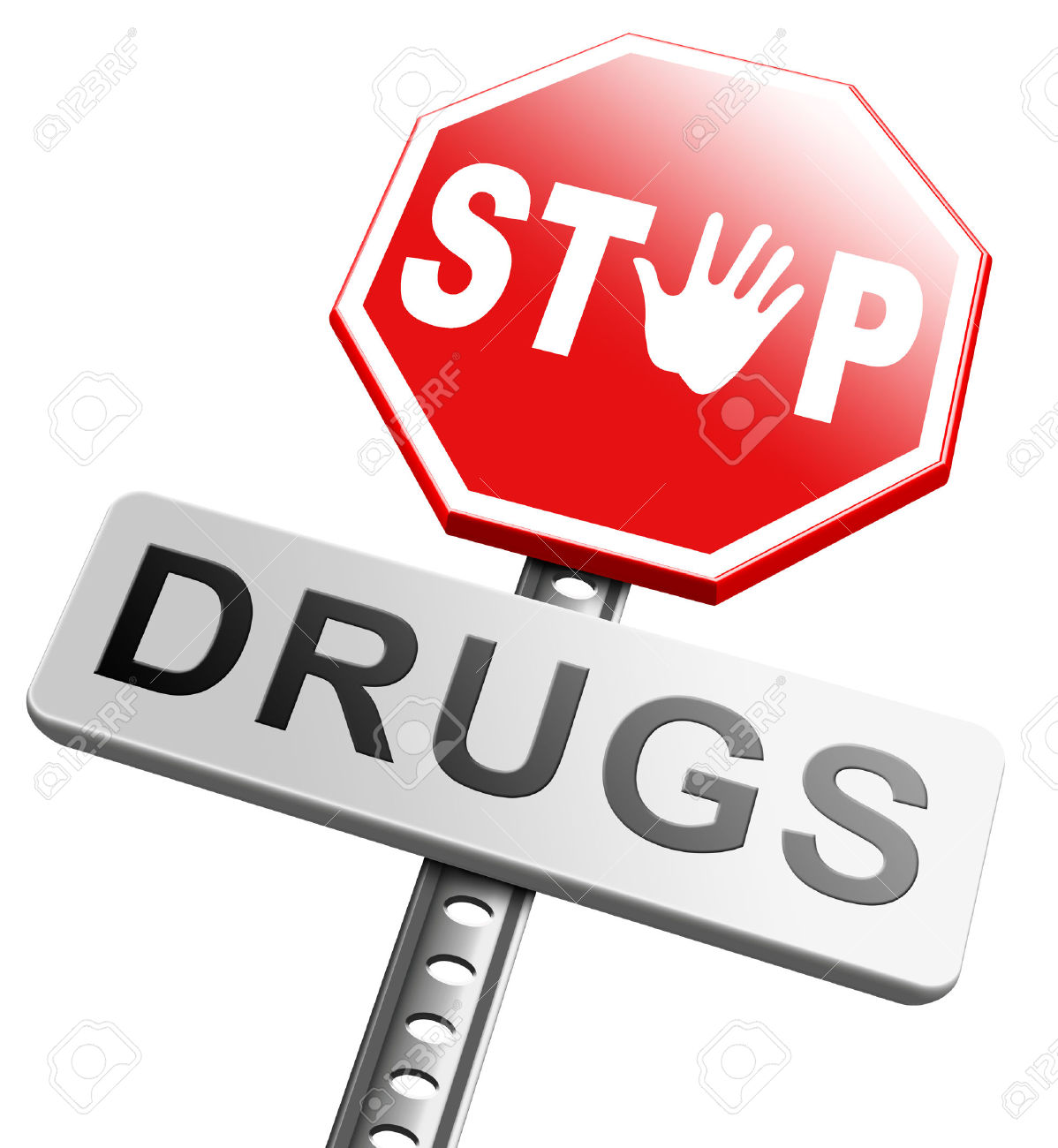
Understanding Chemical Abuse and Dependence as a significant way of protecting your heath from all the chronic complications that come as a result of these substance and chemical abuse.
Understanding chemical abuse and dependence is very key in unlocking the stalemate that comes with all kinds of addiction complications. It is true that so many people these days are not using alcohol or other drugs instead they are trying the use of chemicals in order to achieve their desired goals. In the process some will rarely experience any negative consequences while others will. However, many people and this is very common, drink or use drugs problematically and disorderly thereby landing themselves in serious health and social problems. According to the experts at AWAREmed Health and Wellness Resource Center under the able leadership of doctor Dalal Akoury, those who use chemicals and experience negative consequences are scientifically known as “chemical abusers.” Some of these people are able to stop abusing by modifying their own behavior and using community supports, allowing them to eliminate the negative consequences. However for those who are unable to effectively modify their behavior and whose use continues to be problematic, formal treatment interventions are recommended says doctor Akoury.
Chemical dependence is a complex disease. It is often characterized by compulsive which may be very difficult to manage. Take for instance the problem of uncontrollable – craving, seeking and use that persist even in the face of extremely negative consequences. This disorder is a chronic condition with a high probability of relapse; it affects both the physical and mental health of the dependent individual. It also negatively affects interpersonal relationships with family members, relatives and friends of the addicted person. As such, the disease results in both physical and behavioral manifestations.
The addiction and resultant compulsion for alcohol or drugs can take over the individual’s life, leading to a wide range of dysfunctional behaviors that interfere with the family, workplace and broader community interactions. The problem is further magnified with the fact that most chemical dependent live in denial and fail to admit that they have a problem. They may show poor judgment, lack impulse control, and show marked mood swings. Persons with addiction can become preoccupied with alcohol or drugs and can be extremely careful in protecting their supply. Glamorizing the use of chemicals along with joyous memories of being “high” is also frequently associated with addiction.
The expert at AWAREmed Health and Wellness Resource Center are very categorical that people get into addiction for various specific reasons that are very unique to those individuals. Besides that it is also important to note that addiction is a chronic and progressive medical condition with genetic, physical and behavioral components. It is closely associated to other chronic medical conditions like hypertension, diabetes, and asthma, all of which can be treated effectively says doctor Dalal Akoury.
Because chemical dependence is a complex disorder, effective treatment requires interventions that address the physical health, mental health, and interpersonal relationships of the affected individual. Therefore, the treatment process must be comprehensive and address the multiple and complex needs of addicted individuals and their families. Essential elements of comprehensive treatment for addictive disorders consist of many components, some of which should be employed for every person and some only for certain individuals. To the extent possible, the individual’s family should be engaged in part of the treatment process. The components we are making refence about are all available at AWAREmed Health and Wellness Resource Center and they include the following:
- Detoxification and medical management of withdrawal symptoms;
- A comprehensive evaluation of the nature of use, and strengths and needs of the individual which results in a diagnosis;
- An individualized treatment plan which is developed with the patient and is modified as the individual progresses;
- Pharmacological therapy, when appropriate;
- Monitoring of continued abstinence from alcohol and other substances;
- Vocational and educational assistance;
- Cognitive and behavioral therapy;
- Clinical case management;
- Continuing care;
- Self-help or peer support as a complement to professional treatment.
Doctor Akoury reiterates that for effective result to be realized, the evaluation, diagnosis and resulting treatment plan must be developed by qualified and experienced professionals in the addiction field and must address the multiple aspects of the disease. Although addiction treatment provider need not provide all services directly, quality care then demands that services be planned for and provided through referral linkages with other appropriately qualified providers.
The treatment delivery process assures that all necessary and available services are delivered to address individuals’ needs relating to addiction. Other issues that may be addressed in a comprehensive treatment process, in addition to addiction management, include physical health, mental health, strengthening the family, legal, and financial, child care, housing, parenting, transportation, education, prevocational and work readiness. A quality process must include the availability of longer-term supports to sustain recovery and prevent relapse. Quality treatment also addresses public health concerns commonly associated with alcohol and substance abuse, including sexually transmitted diseases (STDs), hepatitis, HIV/AIDS and tuberculosis. Further, many providers now integrate treatment for nicotine dependence into chemical dependence programs.
The process of treatment begins with educating the individual and his or her family about the disease of addiction and assuring that each individual recognizes the signs and symptoms of the disease in his or her own life. Motivational enhancement may be the first step since many patients may not accept that their addiction is not normal. Teaching the individual to both recognize the triggers of relapse and use preventive responses to these triggers is critical during the treatment process. The outcome of appropriate, comprehensive treatment should strive toward helping the persons receiving services to accomplish the following:
- Understand the relevant issues associated with the disease as it affects their lives and the lives of those around them;
- Understand the physical impact of chemicals and the implications of addiction on brain functioning;
- Learn and practice the mechanisms, attitudes, skills and behaviors necessary to sustain the positive effects of treatment;
- Develop the capacity or potential to practice normal life activities with responsibility;
- Recognize the personal signs, symptoms, circumstances, and triggers of relapse and know how to respond;
- Develop and sustain a social support network that will foster and reinforce ongoing recovery.
Finally with all these teachings done the individual patient must always keep in close touch with their physicians during and after the treatment process. Therefore if you are considering this worthy course and you are at cross road not knowing who to turn to for professional help, doctor Dalal Akoury’s office is ever open for you and you can schedule for an appointment with her so that you can have all your concerns professionally addressed.


















